Taking An Off-Season Lap Of 'Germany's Monaco' - The Norisring

Pros
Cons
Although street circuits don’t always make for particularly thrilling racing, they do have one big plus point over conventional tracks - anyone can have a drive around whenever they want. The first place to come to mind for such shenanigans is probably Monaco - the most famous of them all.
Today, we’re definitely not in Monte Carlo. I can’t see the Med, nor the yachts of tax-shy billionaires. What I can see, however, is an abundance of track furniture like Armco barriers. This is the Norisring, and even in the off-season, with an autumnal scattering of leaves gently littering the asphalt, it’s abundantly clear what this place is used for upon occasion.
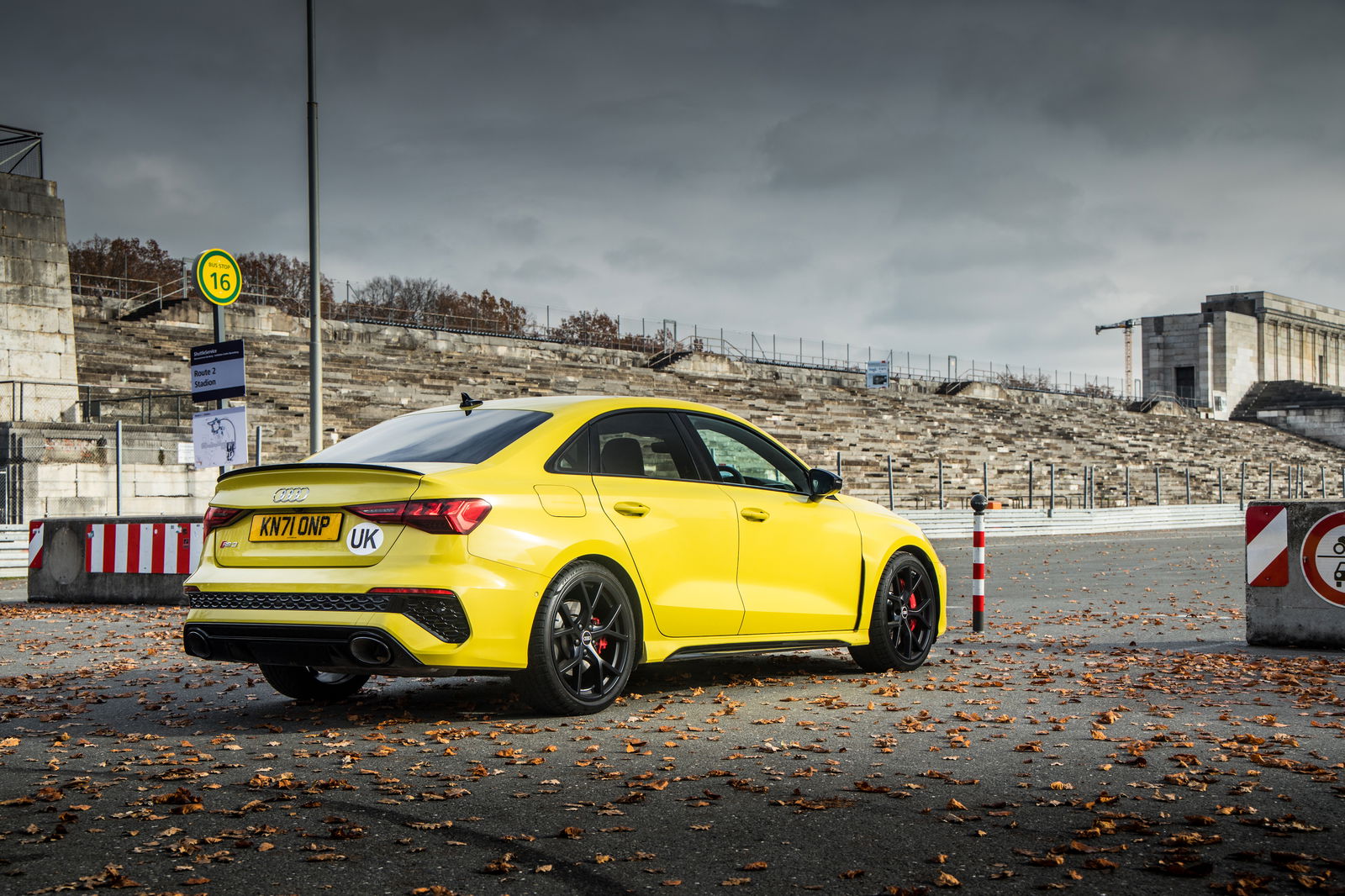
I’ve stopped here in an Audi RS3 saloon CT has been tasked with bringing back to the UK after the conclusion of its press launch duties. It’s an appropriate car for a lap of the Norisring, occasionally referred to as ‘Germany’s Monaco’ or ‘Fränkisches Monaco’, Audi being the lap record holders via Nico Müller in an RS5 DTM. The time? Just 46.618 seconds - long this place is not.
The current layout is just 1.4 miles long. Even CT’s beloved Curborough Sprint Course is technically longer if you do the figure of eight loop. It’ll take us quite a bit longer than 46 seconds to get around today, however. Partly because the speed limit never goes over 50kmh here, but also because I’ll be doing the first part of the lap on foot.
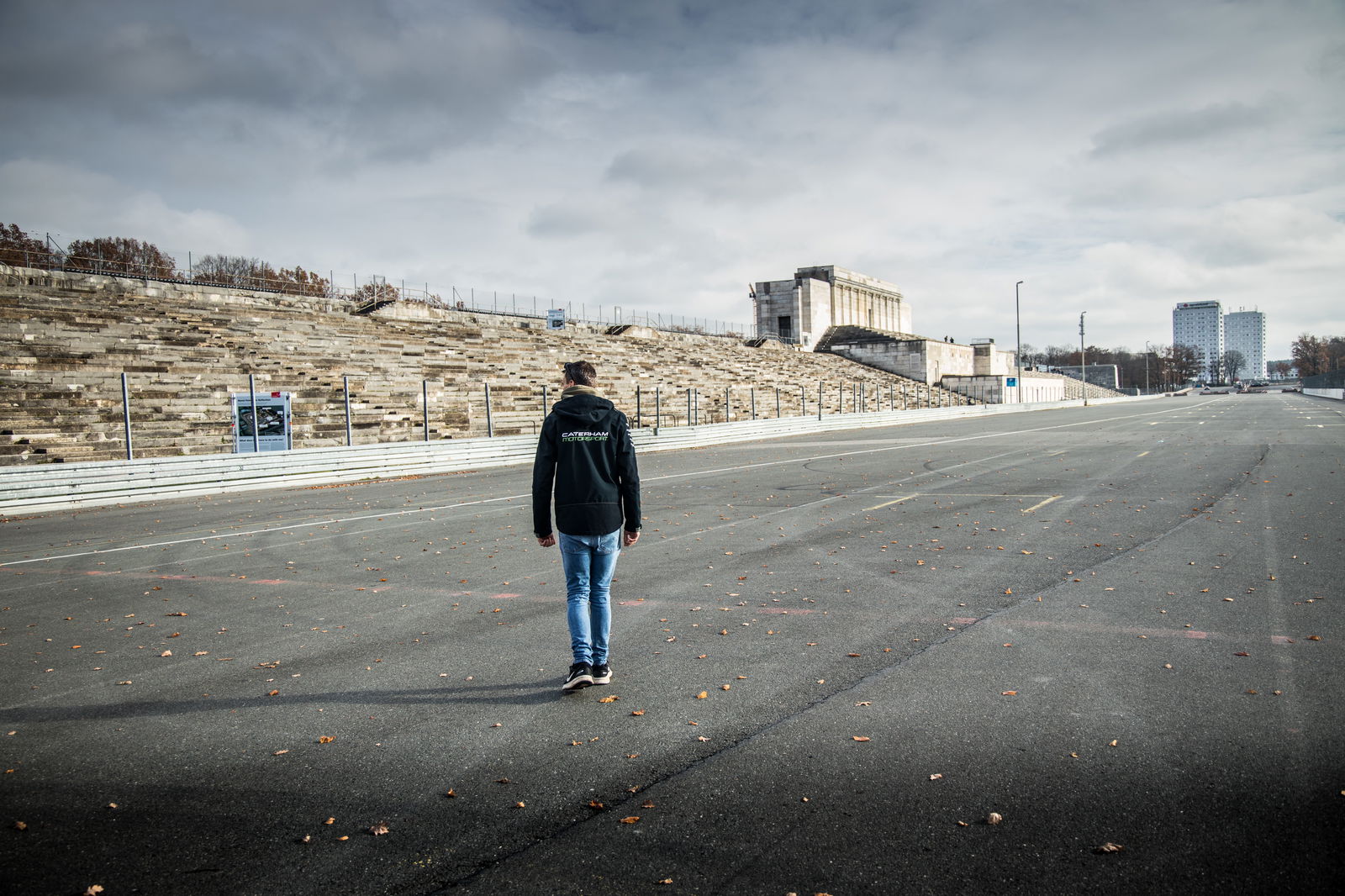
You can’t quite get all the way around the Norisring by car, with big concrete barriers blocking off the starting grid when racing isn’t happening. The RS3 is parked up as close as I can get to the final grid position, and I take a stroll towards the start line, right past the circuit’s most striking feature.
It’s now we must delve into the darker side of the place’s history. The Norisring runs on public roads at the edge of a huge four-square-mile area of the outskirts of Nuremberg infamous for their Nazi party rally use. Part of the track is at the top of the Zeppelinfield, so-called due to Ferdinand von Zeppelin landing one of his airships there in 1909. This is headed by the Zeppelinhaupttribüne, a vast stone grandstand measuring nearly a quarter of a mile in length.
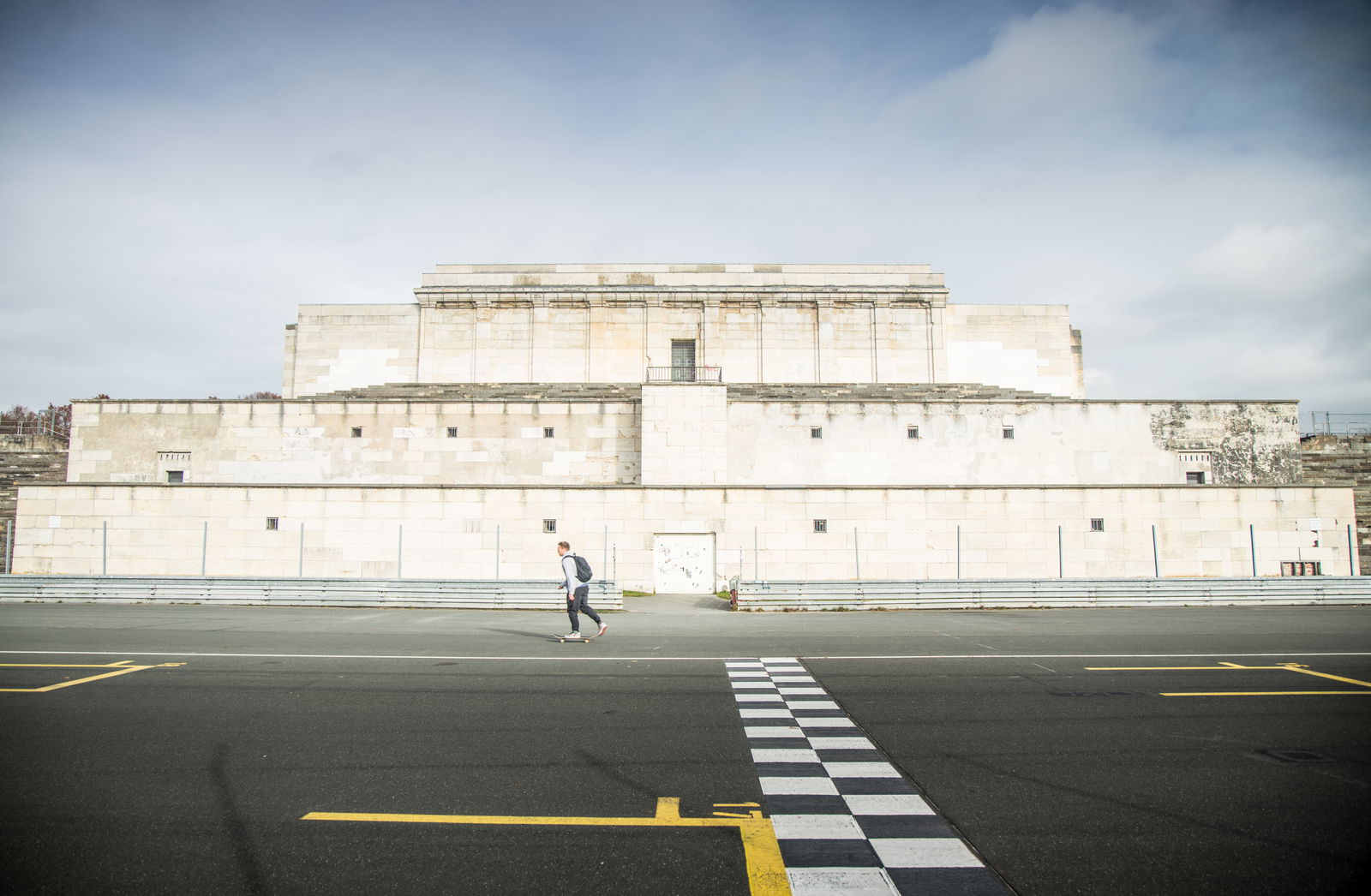
Designed by Albert Speer, the structure survived heavy bombing of the area prior to Allied victory in the Battle of Nuremberg. Shortly after taking over the city, American forces blew up the swastika that long stood atop the tribüne.
It wouldn’t be long until the area was used for something more positive, however - racing. The first event was held in 1947, with fuel supplied by the occupying US military. The tribüne was repurposed as a viewing platform suitable for seating thousands of motorsport fans. Initially, the circuit made a name for itself through motorcycle racing, but in time the Norisring was known primarily for cars.
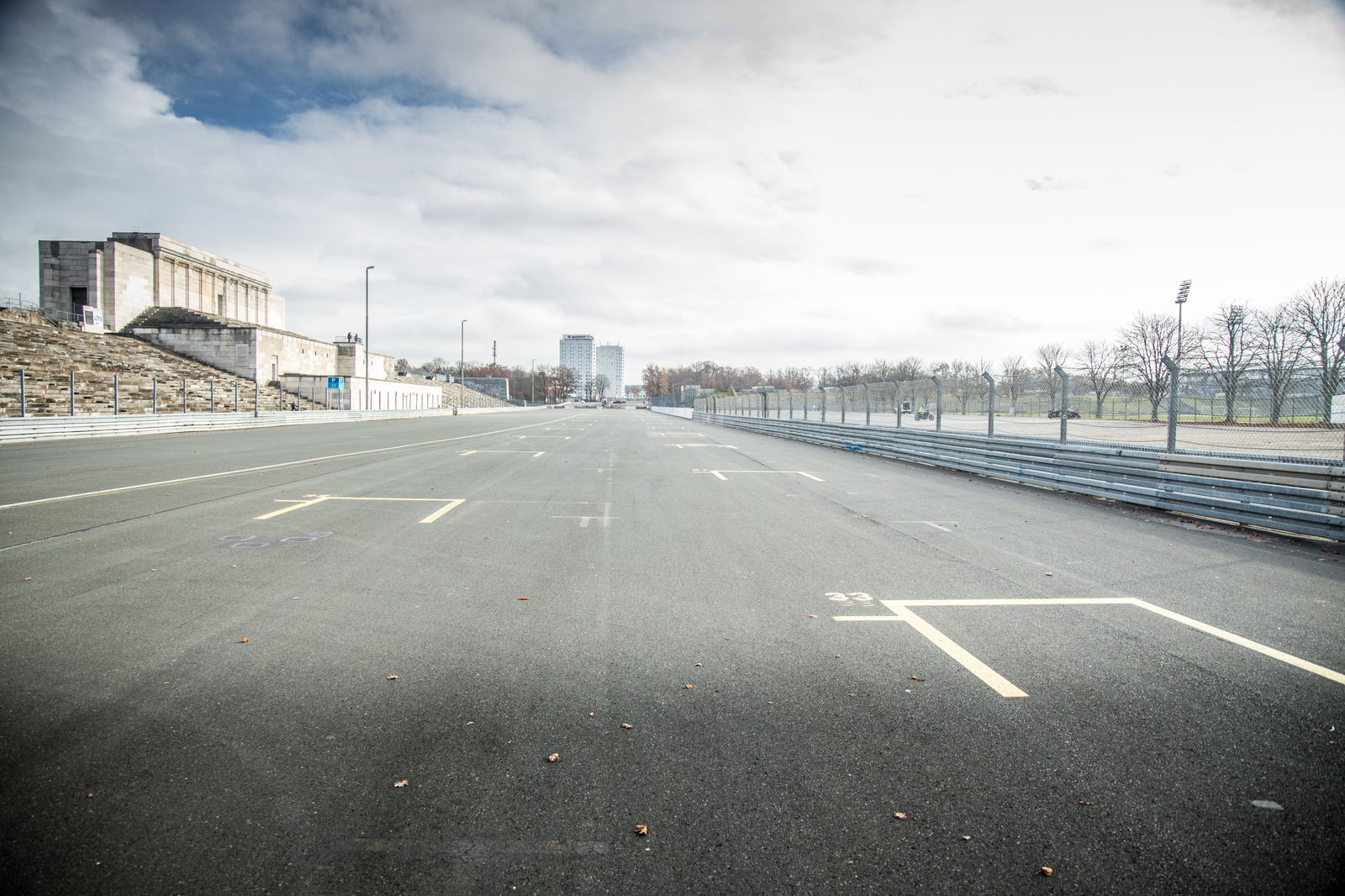
The track should really be called the ‘Nurembergring’, but since that’d cause confusion with Nurburgring, already firmly established for decades even back then, a different name was needed. In 1950, the track was christened ‘Norisring’, incorporating the city’s original name.
Grid walk completed, I’m back in the RS3 and headed the ‘wrong way’ around the track to get to the far end of the start/finish straight. From here, we enter a one-way system, Armco and catch fencing present all the way along. The first corner is a very slight right-hand kink before we arrive at the Turn 2 hairpin named ‘Grundig Kehre’ after the owners of some nearby buildings.
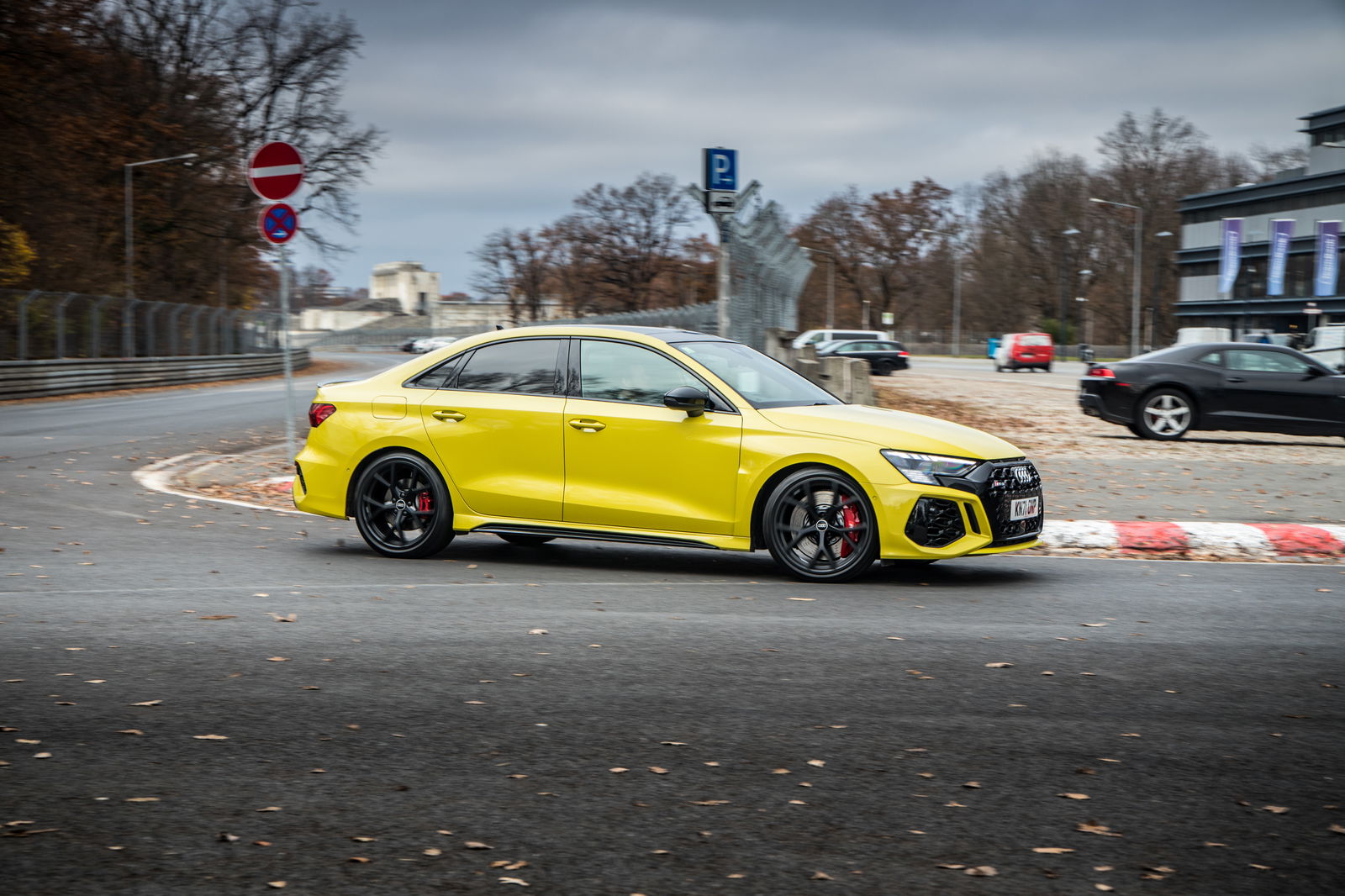
The turn used to be further down the road, but after Pedro Rodriguez’s fatal crash in a Ferrari 512 in 1971, it was brought closer to the start/finish straight to bring speeds down. Since then, the track layout hasn’t changed at all.
Fun though it would be to swing the RS3 around the hairpin while hugging the rumble strip, there’s a give way line on the exit. From here we have another kink mirroring the one on the opposite side of the barrier, followed by the Schöller-S chicane, made up of 90-degree left and right-handers. This gets you onto the wide back straight, running behind the imposing Zeppelinhaupttribüne.

Turn 6 is another barely-there kink of a corner, followed by the sharp Dutzendteich Kehre. A slight left-hander takes me to the top of the start/finish straight, and those big chunks of concrete. Our lap is complete.
Although sports cars thundered around the Norisring for some years (Jean-Louis Schlesser’s lap record in a Group C Sauber C9 stood for some time), the track is most closely associated with DTM. Pre-Covid, these races would attract around 200,000 spectators, enjoying a different kind of motorsport experience.
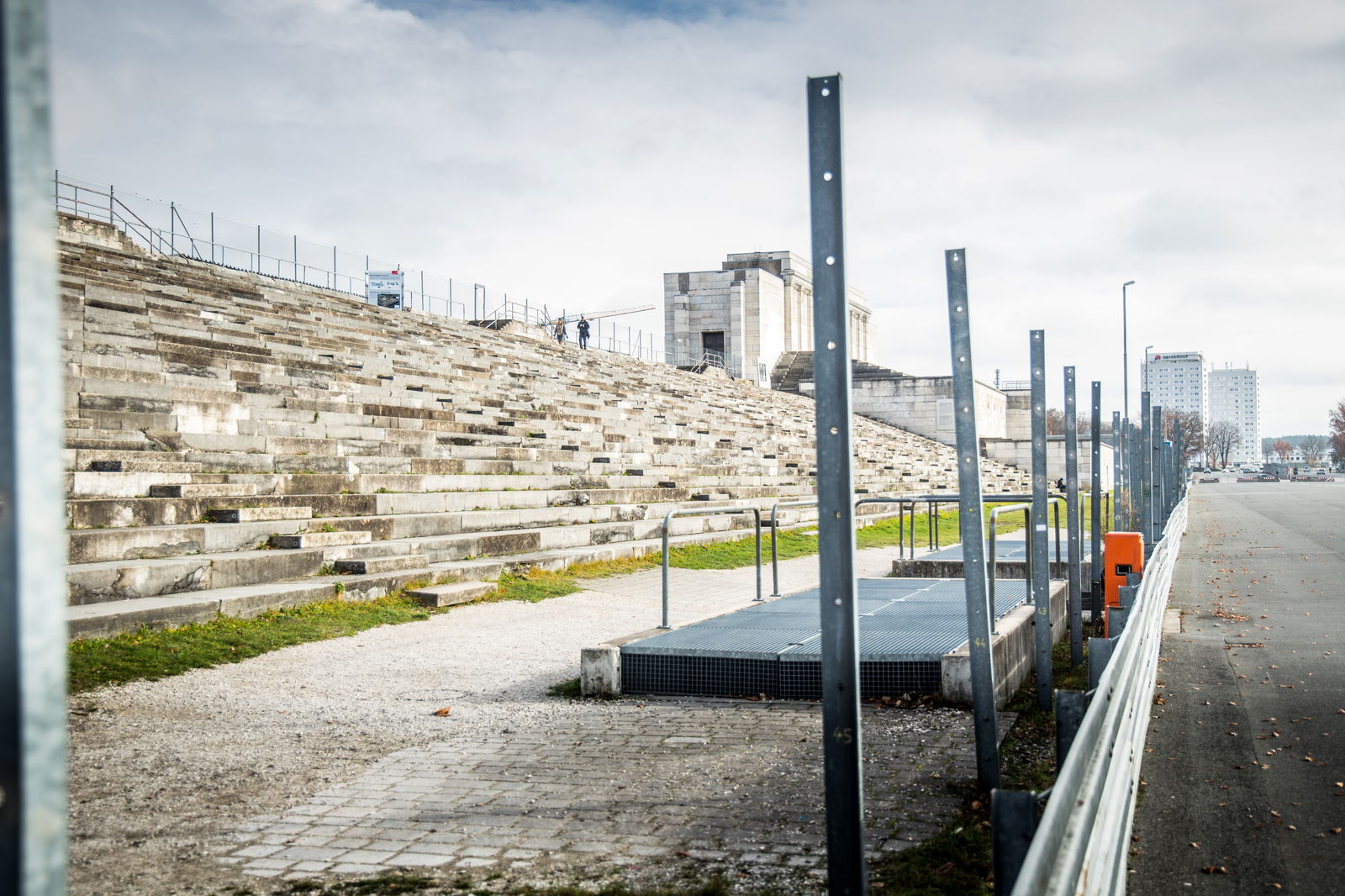
Rather than driving to a big field in the middle of nowhere, fans come to this urban-based circuit via public transport, get far closer to the action than they would normally, and have the option of heading into Nuremberg’s beautiful centre for post-race currywurst. No prizes for guessing what I’m having for lunch once the photos are done.
See also: Retracing The Nurburgring Sudschleife - The Nordschleife’s Even Scarier Brother
Having scrapped 2020’s race for obvious reasons, DTM returned to the Norisring in 2021 under its new GT3-based guise, albeit under farcical circumstances with questionable choices made both by drivers and stewards. But hey, we can’t imagine that denting the race’s popularity too much. It’s certainly a motorsport event to stick on your bucket list (it’s on mine now, for sure), but at the very least, be sure to stop for your own lap. It’ll be time well spent.
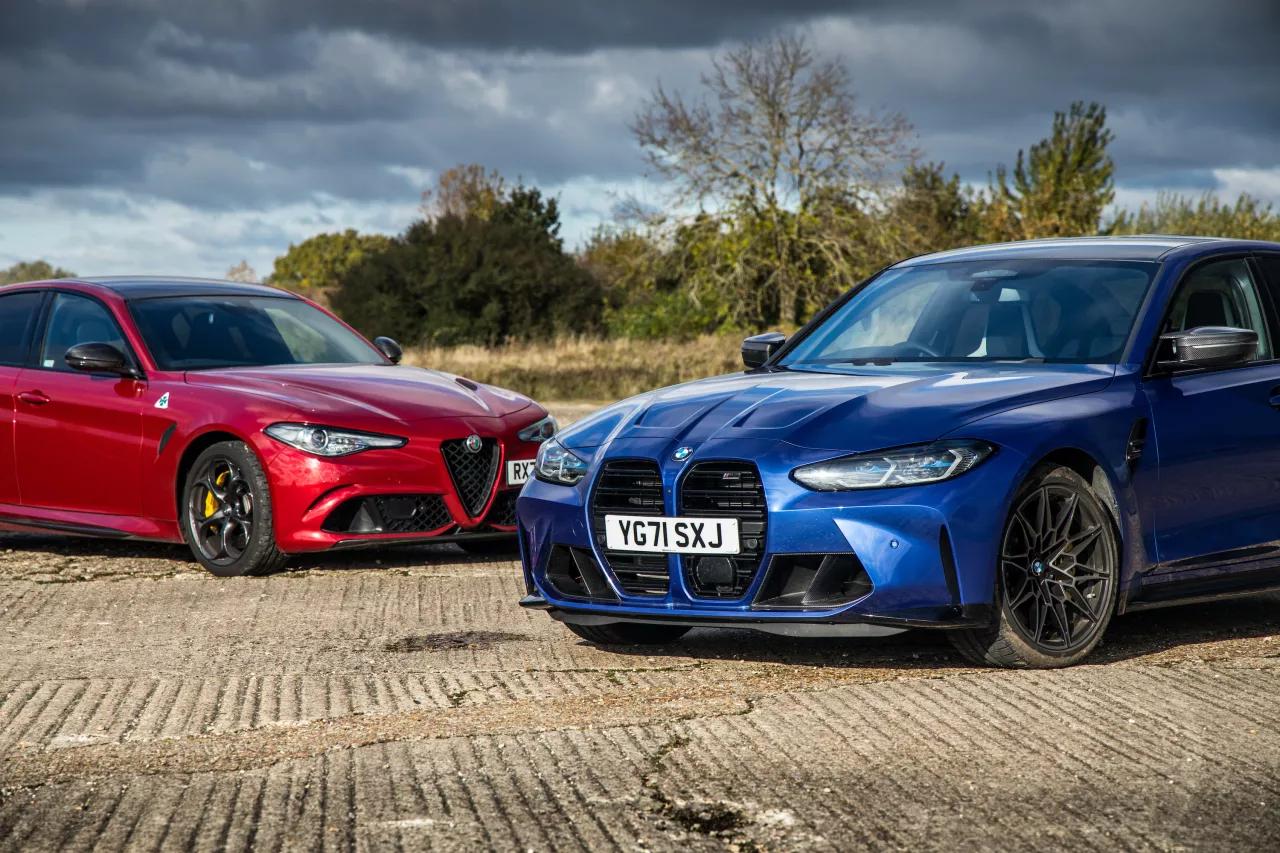
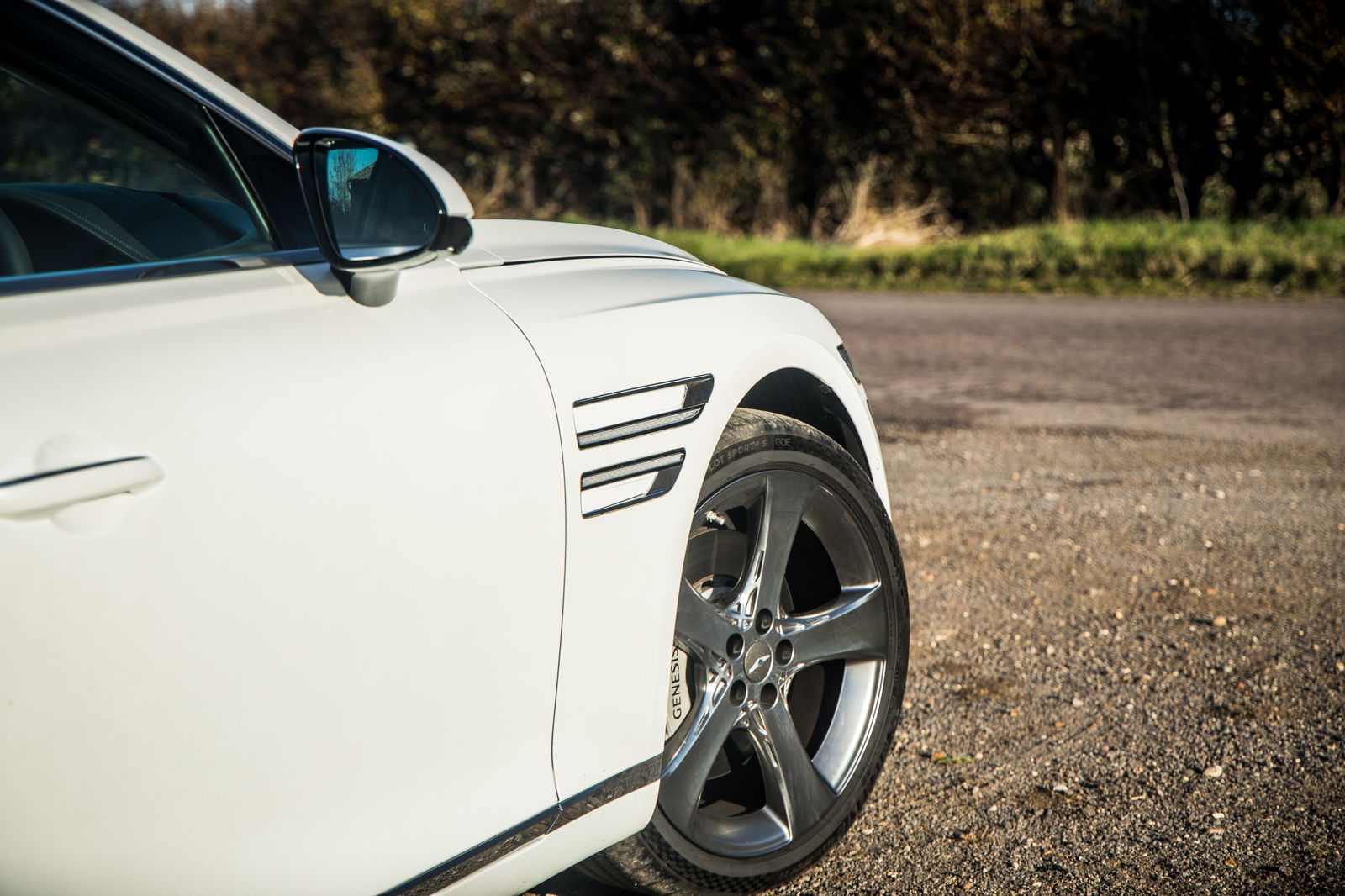

Comments
Definitely adding this to the bucket list, and that RS3 looks awesome in Yellow!